Roland Barthes on Hillary Clinton
In a short essay from 1957, “Photography and Electoral Appeal,” written for a French newspaper, Roland Barthes meditated on the political portrait, proposing that “Electoral photography is … above all the acknowledgement of something deep and irrational co-extensive with politics.” He continues,
“What is transmitted through the photograph of the candidate are not his plans, but his deep motives, all his family, mental, even erotic circumstances, all this style of life of which he is at once the product, the example and the bait. It is obvious that what most of our candidates offer us through their likeness is a type of social setting, the spectacular comfort of family, legal and religious norms, the suggestion of innately owning such items of bourgeois property as Sunday Mass, xenophobia, steak and chips, cuckold jokes, in short, what we call an ideology.”
Some years later, in his 1964 essay “The Rhetoric Of The Image,” Barthes usefully proposed that, in journalistic practice, text captions serve two functions. First, he argued, the caption “anchors” the inherently ambiguous photographic image, tying it to one or more specific readings among its many potential connotations or interpretations. Second, he suggested, it operates as a “relay,” connecting that particular image to the other, equally multivalent (but also captioned, and thereby delimited) images in that particular story or layout.
I try not to burden my readers with too much of the semiotic discourse, whose frequently off-putting jargonization I consider a deliberate gatekeeping strategy to weed out the uninitiated. But some useful ideas lie embedded therein, concepts worth extracting because they explain the ways in which we use and understand photographs — especially what we might call “public” photographs, images made for mass distribution and consumption.
Two Group Portraits
Let’s take Barthes’s ideas, as expressed above, and apply them to the imagery coming out of this election cycle. We can see two portraits in the making at both the Republican National Convention last week and the Democratic National Convention this week. The first is easy; it actually makes itself. Think of these as group portraits of the two parties as collective entities, represented by their delegates in attendance at the conventions.
The electorate sees these group portraits in still images made at the convention and in the videos of the convention floor as the TV cameras pan across the attendees. Despite the fact that they denote some fundamental and crucial facts about the parties as a whole, indicated in visual form, neither party has much direct control over these group portraits.
The Republic Party cannot refute the #GOPSoWhite aspect of its demographic makeup; no matter how frequently the cameras seek out the occasional delegate of color, he or she inevitably appears as bobbing in a sea of white faces. And no matter how many Hispanic or Black or Asian people stride to their podium as presenters, the ethnic makeup of the delegates belies such claims to inclusiveness.
Similarly, the Democrats — even if they wanted to, which they certainly don’t — cannot avoid visually manifesting themselves as the “big tent,” the “rainbow coalition,” the “glorious mosaic.” No doubt a still or video cam could isolate some small cluster of Caucasians within this mass, but the next still or video selection would contradict that impression.
In addition, the Dems brought a range of astonishing speakers to bear, from their diverse perspectives, on the profound differences between Hillary Clinton and Donald Trump. From Khizr Khan, the father of a Muslim U.S. soldier killed in combat, who challenged Trump on his lip service to patriotism (“You have sacrificed nothing and lost no one”), to Pres. Obama, who gave Clinton a rousing endorsement; from Bill Clinton, who spoke with wit and charm and evident affection about his wife and her accomplishments, to the wheelchair-bound disability rights advocate Anastasia Somoza; and from VP Joe Biden ripping Trump a new one on economic issues to Sarah McBride, the first transgender speaker at a major political convention, the Democrats owned the very concept of diversity in a way the Republicans never have and — at least in my lifetime — most likely never will.
In these images, I believe, advantage clearly goes to the Dems — because, even leaving aside the vindictive, rageful tone and content of the RNC versus the upbeat tenor and substance of the DNC, the majority of the electorate identifies more with that “beautiful mosaic” than it does with the whitebread composition of the GOP.
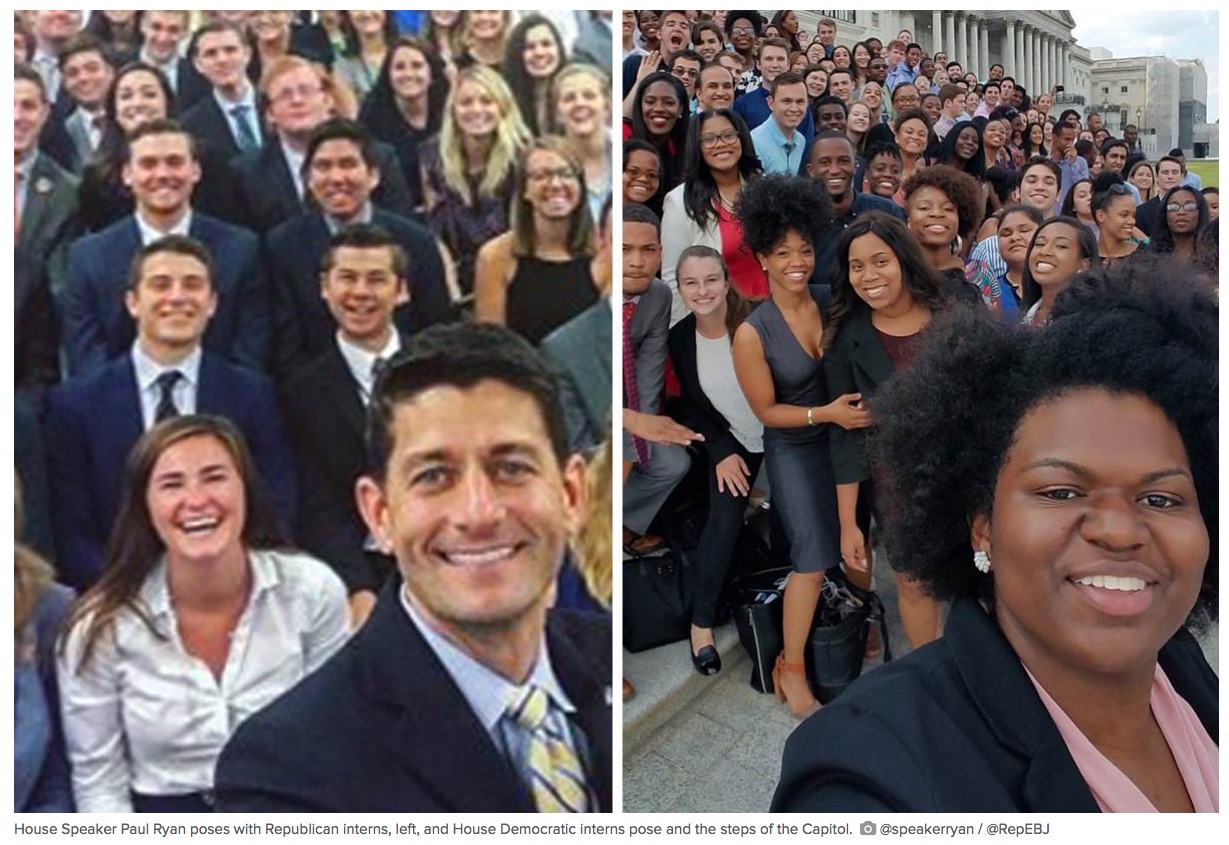
House Speaker Paul Ryan poses with Republican interns, left, and House Democratic interns pose and the steps of the Capitol. @speakerryan / @RepEBJ
Recaptioning Hillary
The second pair of images under construction, the portraits of the candidates themselves, constitute more calculated, deliberate presentations of self. Carefully designed, these collaborations between the candidates and the photographers who make them offer us visions of how these politicians want us to see and understand them — as individuals, as leaders, and as symbols.
In that regard, Barthes, in that earlier essay, addresses the two most frequent poses adopted for the political portrait:
“A full-face photograph underlines the realistic outlook of the candidate. … Everything there expresses penetration, gravity, frankness: the future deputy is looking squarely at the enemy, the obstacle, the ‘problem.’ A three-quarter face photograph, which is more common, suggests the tyranny of an ideal: the gaze is lost nobly in the future, it does not confront, it soars, and fertilizes some other domain, which is chastely left undefined. Almost all three-quarter face photos are ascensional, the face is lifted towards a supernatural light which draws it up and elevates it to the realm of higher humanity; the candidate reaches the Olympus of elevated feelings, where all political contradictions are solved.”
•
According to the polls, 90 percent of registered voters in both major parties have already decided how they’ll cast their ballots. And of those, the vast majority will vote the party line all the way up and down the ticket.
If we assume that this leaves the election in the hands of the currently undecided voters, that means Republicans who might vote for Clinton, Democrats who might vote for Trump, and independents who might vote for either.
Applying Barthes’s hypotheses here, we might say that the 2016 Democratic National Convention had as its primary purposes the following:
- Regenerating those two images of Clinton — the “realistic” full-face variant and the “ascensional,” visionary one. This election campaign requires the refreshing of those images because anyone who pays attention to the mass media has experienced a surfeit of images of Clinton over the decades, everything from the “stand by your man” FLOTUS during her husband’s impeachment proceedings to the diplomat at the negotiating table to the secretary of state under oath at the Senate Benghazi hearings. Having too many competing images of the candidate can unsettle the electorate. The Dems needed to winnow down to a select few, and also to offer real-time versions of both poses — freeze frames, if you will, from the convention proceedings.
- Captioning those images so as to embed within them the “anchors” and “relays” needed for the narrative of her personal and political history established at the convention and now in use on the campaign trail. Across the years both Clintons have experienced such wildly varying descriptions that one could plausibly consider them unmoored. Except to the radical right, which continues to demonize them both, the image of Bill Clinton has stabilized, and does not require redefinition. But perception of Hillary oscillates between such extremes that the signification of her image needs to get nailed down. Not for the party faithful, who took her nomination for granted, but for those undecided voters: the potential Trump voters (mostly working-class white) who might bolt this time around; the diehard “Bernie or bust” faction, some of them Democrats but many of them independent; the other center-to-left independents; and that segment of the Republic Party which finds Donald Trump abhorrent and frightening.
Did Clinton and the Democratic Party, through the instrument of this convention, effectively manage those imagistic imperatives? In my opinion, yes. I speak here as someone who planned to vote for her even before the convention, but doesn’t consider himself a Clintonite; I’d much rather have Sanders as the nominee. I didn’t approach the convention with reservations that needed assuaging, therefore. If that makes me less than impartial, it doesn’t define me as a Clinton fanboy, so I think I can speak of these matters with relative neutrality.
The array of speakers, and the selection whose presentations in Philadelphia I watched, managed to personalize and humanize Clinton quite persuasively. Chelsea Clinton’s speech, and a variety of anecdotes from others who have known her both privately and professionally (including her husband and the current president), painted the picture of a complex but personable woman, who achieved, under terribly difficult circumstances, a reasonable balance between her domestic life and her career.
•
Clinton herself gave a real barnburner of an acceptance speech on Thursday night, to close the convention. Without question, she showed herself as a commanding but not intimidating presence, ready, willing, and able to articulate complex ideas and engage tellingly and convincingly with emotion-charged issues. But the single most affecting visual moment, for me, came in the short film by Shonda Rhimes that introduced Hillary Clinton at the DNC that night, just before Chelsea’s speech.
This film contains still images that show Clinton in many situations and moods, from her childhood through the present. Carefully selected, all of them engaging, they showed a woman who laughs easily, interacts easily with adults while taking particular pleasure in her contact with children, feels comfortable in both formal and informal situations. If they do not disclose much about the private side of Clinton, her inner life, I’m not convinced that we really have much right to ask that, given what she’s gone through and the scrutiny to which public life has subjected her.
Of all that imagery from those four days, what stays with me comes from a videotaped interview (presumably conducted by Shonda Rhimes, or made during the production of her short DNC film). In it, Clinton sits at what looks like a kitchen table, dressed casually dressed in a blue-and-white striped shirt, responding to questions. Obviously, she knows the camera is on her, but she’s not “on” in the way she appears to be when she takes the lead in public situations. She seems simply herself, in a way I’ve never seen before, talking across the table to someone else about stuff: her mother, her childhood, 9/11. Someone with whom I’d like to share a cup of coffee. The exact opposite of Donald Trump, who, were he just a guy in my neighborhood, I’d avoid like the plague.
Were I in charge of Clinton’s campaign, I’d pull a bunch of TV ads from Rhimes’s outtakes. And I’d get Hillary out of those damn pantsuits and into comfortable slacks and cotton shirts like she wears here. If she can let go of the formality that those suits evoke from her, and talk to the voters the way she talks with whoever interviewed her for that film, across an imaginary kitchen table, she will win in November.
•
(For an index of links to all posts in this series, click here.)
•
 Special offer: If you want me to either continue pursuing a particular subject or give you a break and (for one post) write on a topic — my choice — other than the current main story, make a donation of $50 via the PayPal widget below, indicating your preference in a note accompanying your donation. I’ll credit you as that new post’s sponsor, and link to a website of your choosing. Include a note with your snail-mail address (or email it to me separately) for a free signed copy of my 1995 book Critical Focus!
Special offer: If you want me to either continue pursuing a particular subject or give you a break and (for one post) write on a topic — my choice — other than the current main story, make a donation of $50 via the PayPal widget below, indicating your preference in a note accompanying your donation. I’ll credit you as that new post’s sponsor, and link to a website of your choosing. Include a note with your snail-mail address (or email it to me separately) for a free signed copy of my 1995 book Critical Focus!


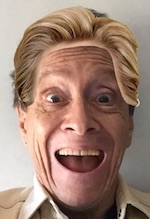

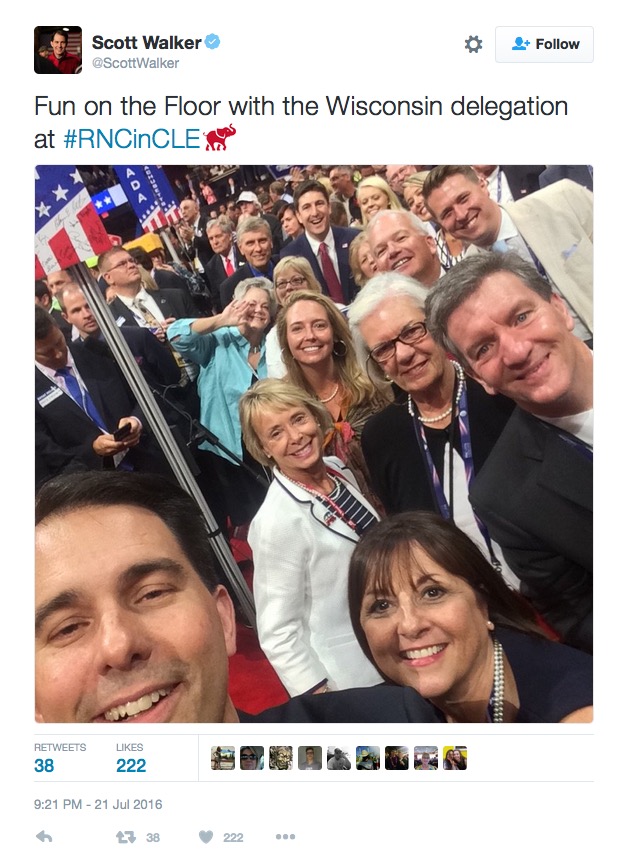
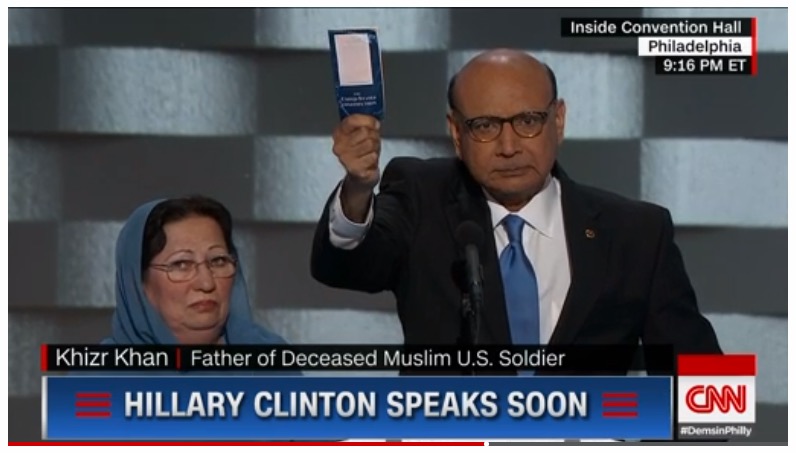
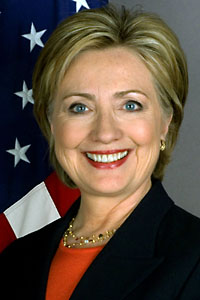
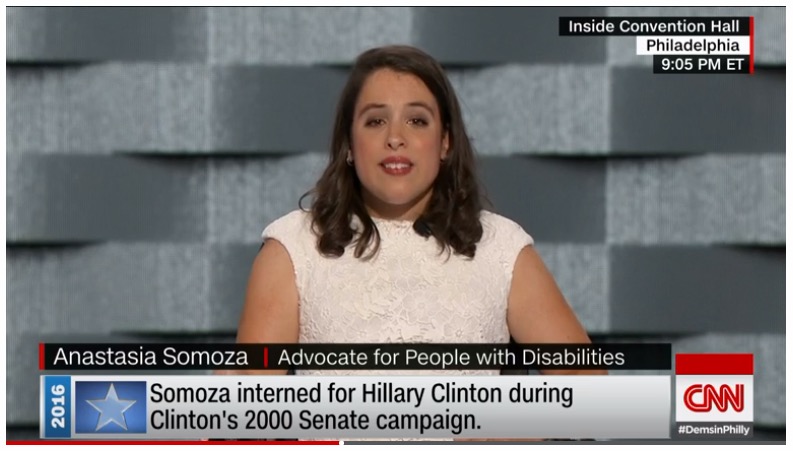
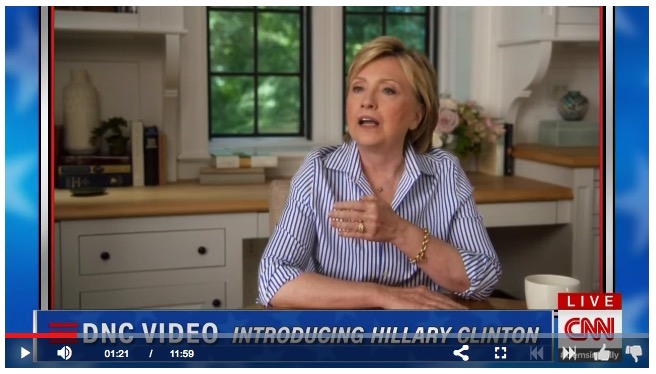




Hey, big guy, if you think that just doin’ a re-coif on your Donald Trump [TM reg US Pat Off]-brand head-ferret is gonna make you look like Hillary Clinton you gottanuther think comin’!!!
I’ll have you know, pal, that in that selfie I’m sporting an authentic Hillary Clinton hairdo, courtesy of the Hillary Hair Booth app.